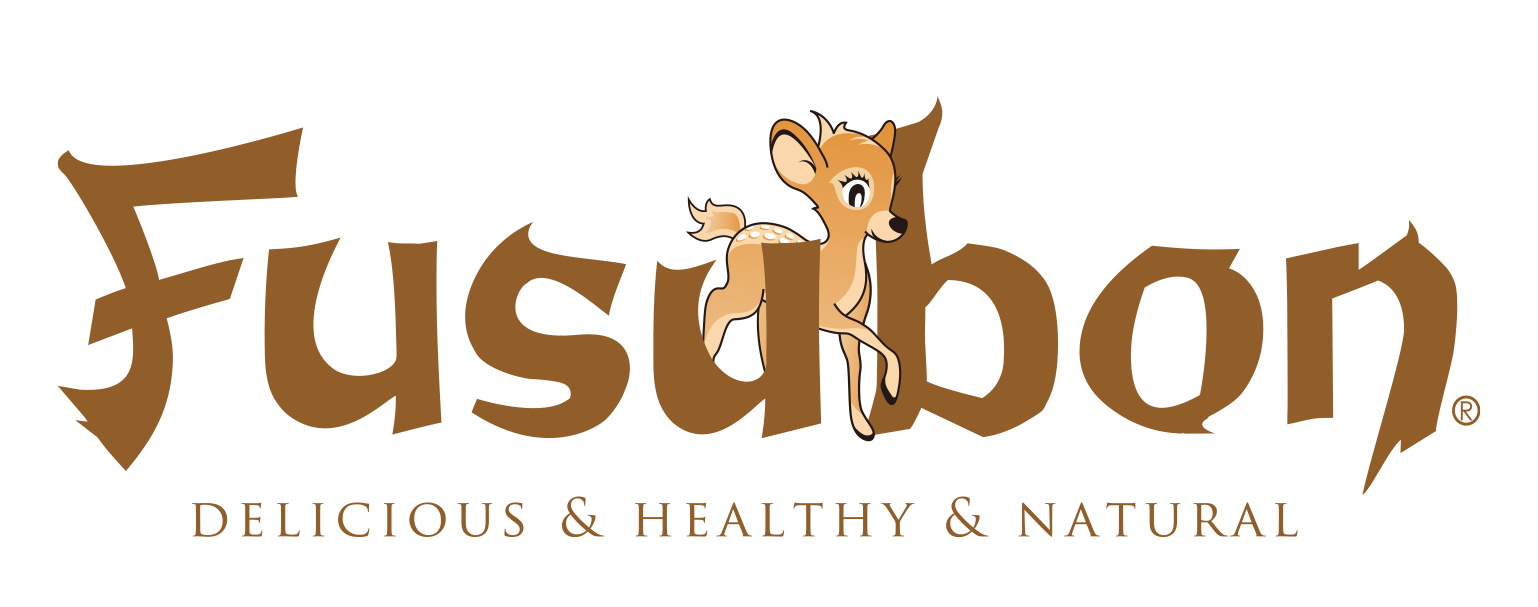 Stretching before exercise while on a carbohydrate restriction diet to prevent muscle loss
Stretching before exercise while on a carbohydrate restriction diet to prevent muscle loss
Hello!
This is Fusubon Takada.
This time, the topic is "Carbohydrate restriction and muscle training" to prevent muscle loss.
・I consciously follow a low-carb diet, but I rarely do strength training (exercise)
- I am consciously doing muscle training (exercise) but not really managing my diet. I would like to write this from the perspective that "it is better to do both" for people like you.
Carbohydrate restriction and muscle training to prevent muscle loss
・About carbohydrate restriction
I'm sure many of you reading this are already familiar with the concept and effects of carbohydrate restriction, so I will skip the details.
For basic information on carbohydrate restriction and tips and key points, please refer to this article.
While ideas about carbohydrate restriction may vary from person to person, for reference, our Fusubon guidelines for carbohydrate restriction are simply as follows:
・ Daily carbohydrate intake: 60g to 100g
・Eat 1.0 to 1.2 times your body weight in protein per day ・Avoid refined sugar as much as possible ・Eat a diet based on MEC (meat, eggs, cheese), with fusbon and vegetables ・In addition to dietary management, be mindful of moderate exercise (twice a week) ・Avoid stress in any way
・About strength training while restricting carbohydrate intake
Another pillar is strength training.
The reason why muscle training is important is that if you do not strictly restrict carbohydrates, you may lose muscle along with fat.
The purpose of strength training is to minimize the loss of muscle mass and only lose body fat, thereby increasing the basal metabolic rate and creating a body that is less prone to gaining weight.
Strength training not only helps you burn fat and lose weight, but it also has the effect of making you look slimmer.
Just like with carbohydrate restriction, there will likely be individual differences in how strength training is done, but for reference, here are my own simple guidelines for strength training:
- Aim to train twice a week
・Muscle training is mainly bodyweight training and core training, with emphasis on correct form and pinpoint application rather than heavy loads.
- For aerobic exercise (running machine), run for about 30 minutes at a time until you are slightly out of breath and begin to sweat.
・Do strength training and then finish with aerobic exercise (running) ・Stretch thoroughly
 Muscle training during carbohydrate restriction to prevent muscle loss
Muscle training during carbohydrate restriction to prevent muscle loss
・About aerobic exercise
Even if you are doing strength training, doing only aerobic exercise may lead to failure.
If you perform aerobic exercise while restricting carbohydrates, you can expect a great fat burning effect, but it can cause an amino acid deficiency in the body, and the body will work to break down muscle to produce amino acids.
If you only do aerobic exercise, muscle mass will decrease due to muscle breakdown, which may result in a decrease in metabolism. The recommended method to maximize the fat burning effect is to combine muscle training with aerobic exercise .
Because there is less sugar in the body, your body is more likely to burn fat through aerobic exercise than usual .
This is because aerobic exercise uses sugar and fat as energy. Normally, a large proportion of sugar is consumed during aerobic exercise.
However, if your sugar levels are low, you will inevitably have to exercise while burning fat rather than sugar. In addition, after strength training, your body's metabolism is high , and your body is more likely to burn fat .
Therefore, by doing additional aerobic exercise, you can increase the efficiency of fat burning and expect a synergistic effect.
 Aerobic exercise after strength training while restricting carbohydrate intake to prevent muscle loss
Aerobic exercise after strength training while restricting carbohydrate intake to prevent muscle lossMuscle training and protein intake
Muscle training and protein are often thought of as a set, and many people who work out consciously consume protein.People who are on a carbohydrate restriction diet may understand this well, as many of them consciously consume protein.
So what role does protein play in building muscle through training?
 Protein after exercise when restricting carbohydrates to prevent muscle loss
Protein after exercise when restricting carbohydrates to prevent muscle loss
・"What is protein?"
Protein is one of the nutrients required by humans.
The human body is sustained by consuming a balanced amount of necessary nutrients, such as carbohydrates, proteins, minerals, and vitamins.
People who are working out and gaining muscle mass especially need to get enough protein.
Why it's good to take protein after a workout
It is recommended to consume protein within 45 minutes of working out.
The reason is that the proteins in protein can repair various muscle cells that are damaged by training.
In addition, after intensive training, the body will have consumed a large amount of energy and nutrients and will be in a state of starvation, and since a body in a starving state can more easily absorb nutrients, it is a good idea to take protein after training.
The period within 45 minutes after strength training is when a phenomenon called protein anabolism is at its peak.
Protein anabolism is the process by which amino acids in the body are converted into proteins to build muscle.
Eating protein within 45 minutes of working out can help build stronger muscles.
Generation of active oxygen caused by muscle training and countermeasures
Are you familiar with the term "active oxygen"?
In particular, excessive muscle training can cause the production of active oxygen.
"What is active oxygen?"
When you do strength training or aerobic exercise that makes you out of breath, a large amount of oxygen is taken into the body, causing a rapid increase in active oxygen.
Active oxygen has the effect of rusting (oxidizing) the body, so if there is too much of it, it can damage skin cells and accelerate aging.
By the way, other causes of increased active oxygen besides strenuous exercise include tobacco, alcohol, stress, and ultraviolet rays.
・About countermeasures...
Do light exercise
Intense exercise increases breathing volume dramatically, promoting the production of active oxygen. In contrast, light exercise such as walking or wading in water increases the activity of antioxidant enzymes and suppresses oxidation in the body.
The characteristic of this condition is that light exercise is actually better .  Aerobic exercise that can be done indoors after strength training while on a carbohydrate restriction to prevent muscle loss
Aerobic exercise that can be done indoors after strength training while on a carbohydrate restriction to prevent muscle loss
Take in antioxidants
"What are antioxidants?"
As its name suggests, it is a substance that can prevent oxidation and works to prevent or delay damage to cells.
Antioxidants themselves are substances that are easily oxidized, and they oxidize preferentially over the body being oxidized by active oxygen, thereby preventing the body from oxidizing.  Snacks after exercise to prevent muscle loss when restricting carbohydrate intake
Snacks after exercise to prevent muscle loss when restricting carbohydrate intake
So, eat foods rich in the antioxidant vitamins A, C, and E.
It is found in carrots, almonds, citrus fruits, etc., and has strong antioxidant properties that protect cells and tissues from active oxygen.
Vitamins A, C, and E have a synergistic effect when taken together.
※For those who still want to do strenuous exercise, please see below.
When intense exercise increases the amount of active oxygen too much, it not only exposes you to strong oxidative stress, but it is also said to lead to a weakened immune system and make you more susceptible to catching a cold.
Therefore, after strenuous exercise, it is necessary to take antioxidants to reduce active oxygen.
Antioxidants (antioxidant vitamins A, C, and E) are important nutrients for health management and conditioning, even for people who engage in intense exercise. Consciously consume antioxidants such as nuts such as almonds and walnuts, green and yellow vegetables, soy products such as tofu and natto, seaweed, avocados, and coffee and chocolate made from cacao, which prevent oxidation in the body.
Let's aim to build a healthy body that is resistant to oxidation by doing light exercise and eating foods with antioxidant properties!

